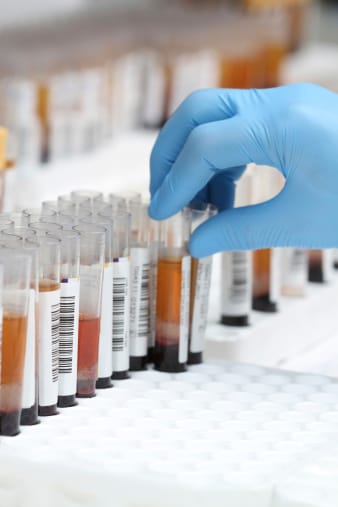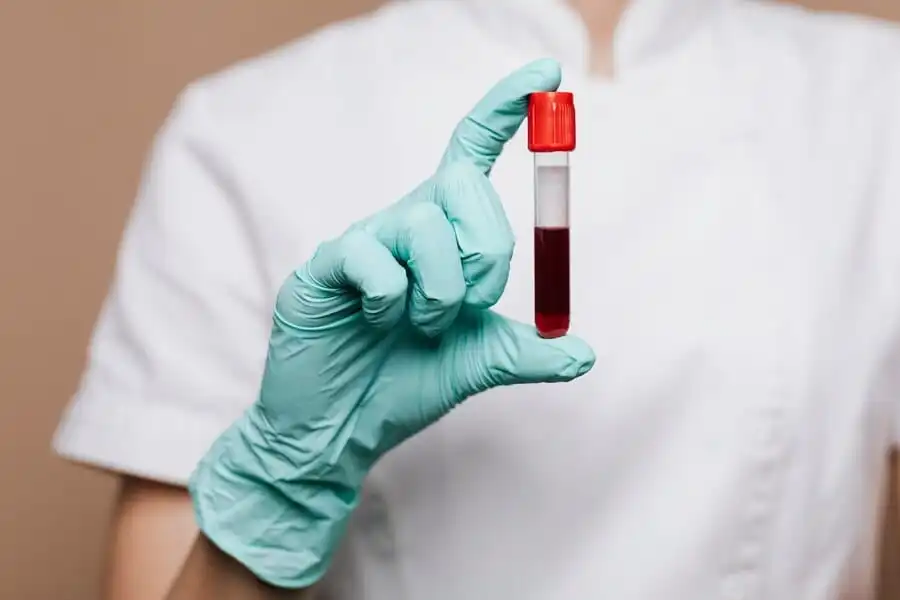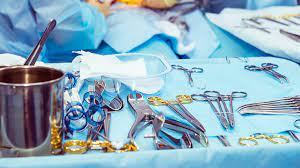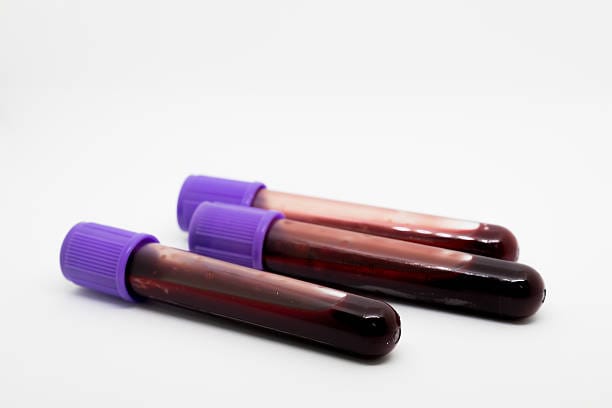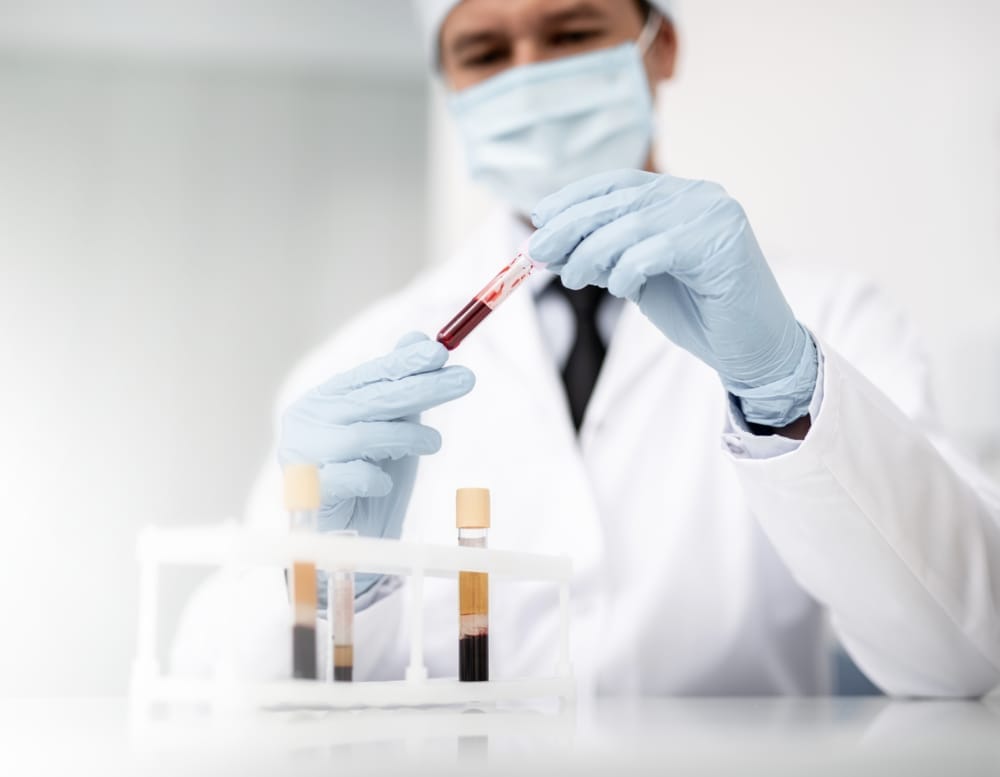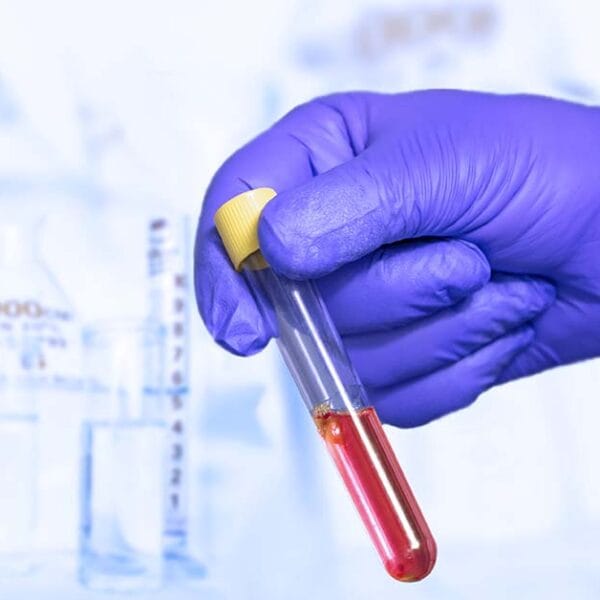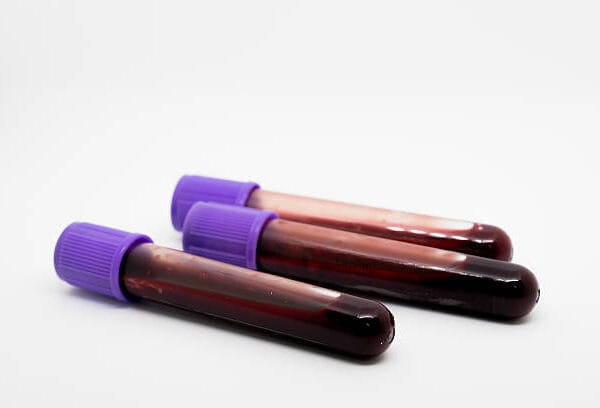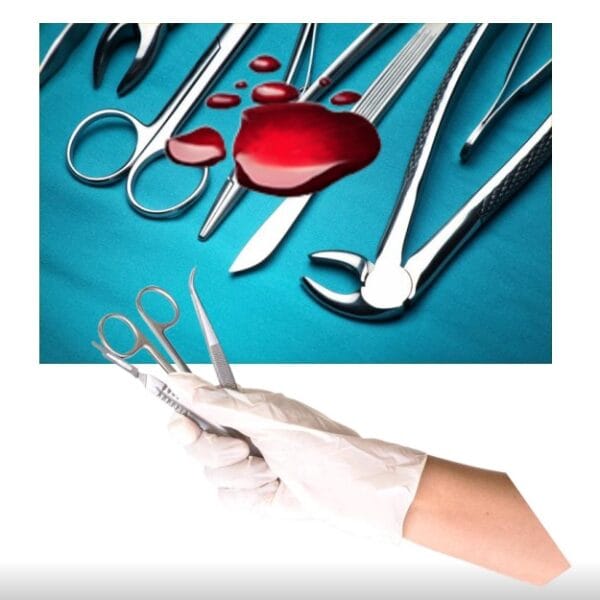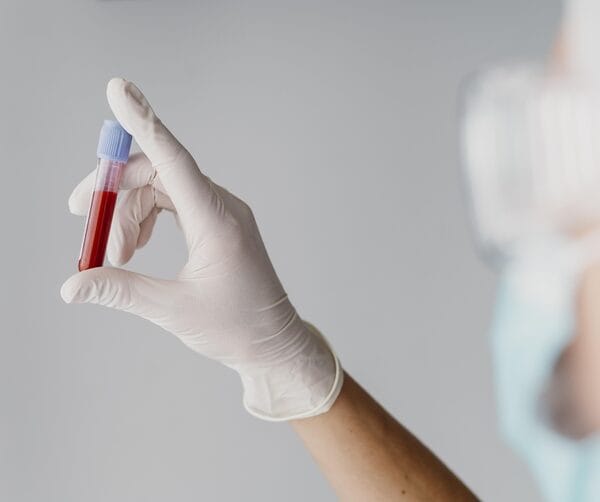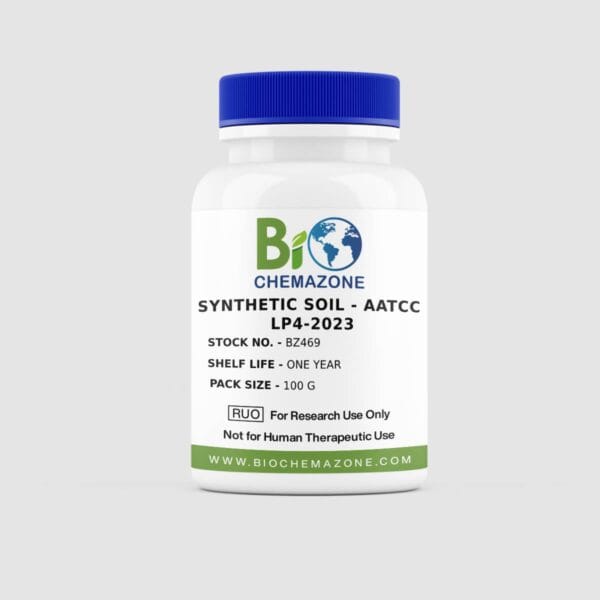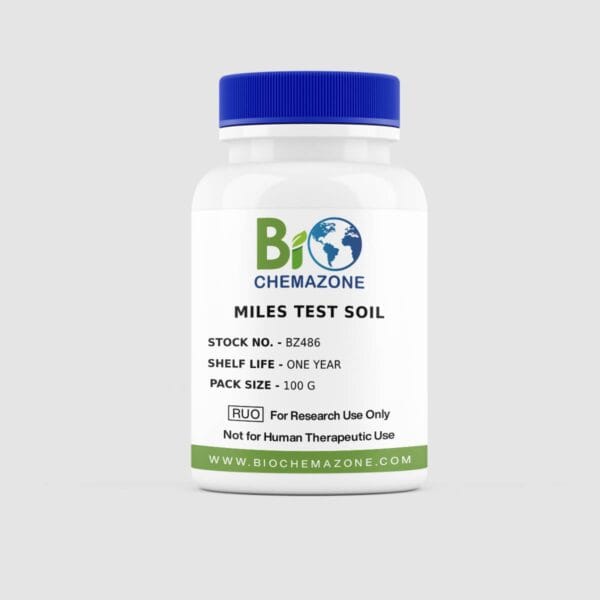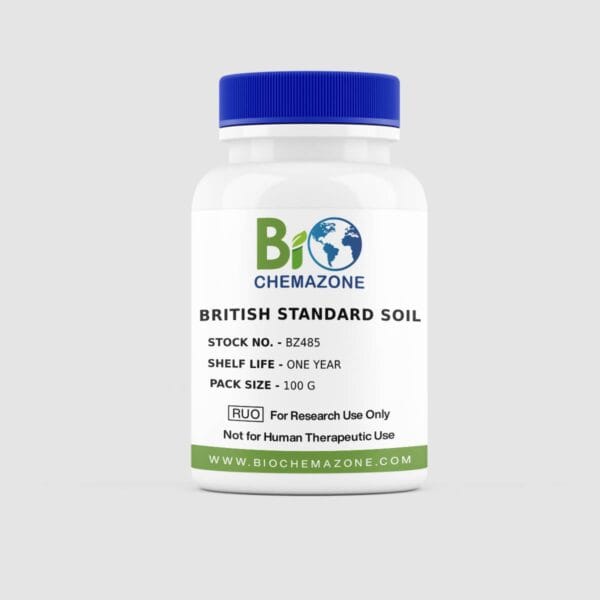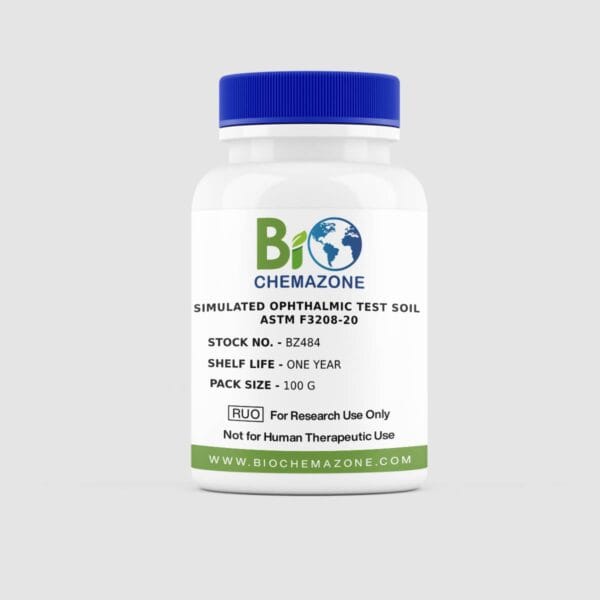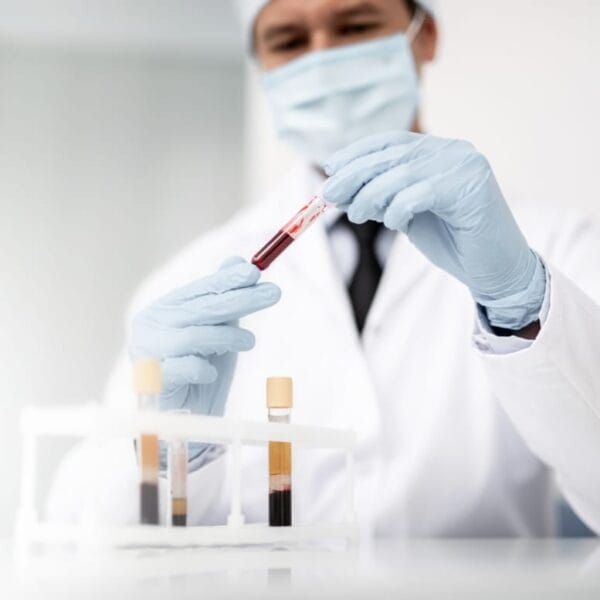Simulated Mucus Test Soil (BZ483) – ASTM F3208-20 – High-Quality Cleaning Validation Solution by Biochemazone™®
Product Description: Simulated Mucus Test Soil ASTM F3208-20 (BZ483)
Overview:
Biochemazone™’s Simulated Mucus Test Soil (BZ483) is specifically formulated to simulate mucus from cystic fibrosis patients, representing a worst-case cleaning scenario. This artificial test soil is designed for cleaning validation of reusable medical devices that come into contact with mucus during clinical use. It complies with ASTM F3208-20, providing a standardized approach for testing and validating medical device cleaning protocols.
Intended Use:
- Simulated use soiling of medical devices that come into contact with mucus.
- Cleaning validation of flexible endoscopes, respiratory equipment, and other reusable devices.
- Designed to address worst-case cleaning scenarios with increased mucin concentration.
Key Features:
- Realistic Mucus Simulation: Formulated to mimic the properties of cystic fibrosis mucus, with high mucin concentration and additional clinically relevant components.
- Versatile Testing Applications: Can be combined with other test soils (e.g., blood) to simulate complex clinical soiling, such as in flexible endoscopes exposed to gastrointestinal and vascular contaminants.
- Regulatory Compliance: Meets ASTM F3208-20 standards for cleaning validation studies.
- Safe and Effective: Non-hazardous, stable formulation ensures reproducible and reliable cleaning validation results.
Constituents:
The artificial mucus soil uses a modified cystic fibrosis mucus formulation, including:
- Mucin from pig mucosa: 1000 mg.
- Casein hydrolysate: 500 mg.
- NaCl (Sodium Chloride): 500 mg.
- KCl (Potassium Chloride): 500 mg.
- Diethylene triamine pentaacetic acid (DTPA): 0.59 mg.
- Salmon sperm DNA: 140 mg.
- Freeze-dried egg yolk emulsion: 232 mg.
- Phosphate buffered saline (PBS) (without calcium and magnesium): 8.5 mL.
- ASTM Water Type 1 (Specification D1193): 80 mL.
Applications:
- Cleaning validation of reusable medical devices exposed to mucus, including respiratory and endoscopic equipment.
- Testing for devices used in high-mucus environments, such as the gastrointestinal (GI) tract or pulmonary system.
- Development and validation of detergents and cleaning protocols for medical devices.
Storage and Handling:
- Dry Components: Store at room temperature in a sealed container.
- Reconstituted Solution: Store at 2°C–8°C and use within two weeks.
- Shelf Life: 12 months for unopened dry components.
- General Conditions: Avoid direct sunlight and extreme temperatures to preserve efficacy.
Packaging Options:
Available in 50 mL, 100 mL, 200 mL, and 500 mL pack sizes. Custom packaging is available upon request.
Ordering Information:
To place an order or inquire about bulk quantities or custom formulations, please contact Biochemazone™ Customer Support or email us at info@biochemazone.com.
Why Biochemazone™® Artificial Test Soil is the Best Choice
Reusable medical devices like endoscopes, surgical tools, and suction tubes require rigorous cleaning validations to meet international regulations. Biochemazone™® Artificial Test Soil ASTM F3208-20 stands out with its unmatched quality, precision, and compliance with FDA, AAMI, ISO, and Health Canada guidelines.
With this test soil, you can effectively simulate contaminants like blood, proteins, lipids, and more, ensuring your cleaning protocols meet the highest safety standards.
If you are a medical device manufacturer, third-party reprocessor, or independent testing laboratory aiming to meet regulatory guidelines from agencies such as AAMI, FDA, CDC, Health Canada, CEN, and CSA, Biochemazone™® Artificial Test Soil ASTM F3208-20 offers an efficient and reliable solution. This advanced formulation is developed through the comprehensive analysis of contaminants typically found on medical instruments after use, ensuring it closely replicates real-world conditions. The test soil contains biological materials such as proteins, hemoglobin, carbohydrates, mucin, cellulose, and lipids, making it ideal for validating reprocessing protocols in line with regulatory standards.
Real-World Simulation Biochemazone™’s Artificial Test Soil ASTM F3208-20 replicates organic contaminants commonly found on reusable surgical instruments post-clinical use. The formulation includes protein (~33 mg/mL), hemoglobin (~2.5 mg/mL), and carbohydrates (~11 mg/mL), accurately representing contamination levels observed in worst-case scenarios. This alignment with clinical conditions supports the validation of cleaning procedures, as outlined by FDA and international regulatory requirements.
Ease of Use Artificial Test Soil ASTM F3208-20 is pre-formulated and ready to use, simplifying the process of assessing cleaning protocols for medical devices. By employing this standardized soil, manufacturers can effectively demonstrate the removal of organic material from instruments and equipment.
Versatile Applications Artificial Test Soil ASTM F3208-20 can be used across various applications, including:
- Verifying cleaning protocols for reusable medical instruments.
- Assessing the effectiveness of reprocessing and decontamination methods.
- Testing bioburden reduction and microbial load removal.
- Training staff in contamination detection and cleaning validation.
The test soil can also be modified by adding endotoxins, microorganisms, or other biological agents to simulate post-use conditions more accurately.
Consistency and Stability Unlike organic materials that can vary between batches, Biochemazone™’s Artificial Test Soil ASTM F3208-20 ensures batch-to-batch consistency. The product aligns with AAMI, ASTM, and ISO standards and follows FDA guidance for simulated-use testing. It offers a long shelf life and remains stable at room temperature until reconstituted for testing.
Comprehensive Testing Solution Biochemazone™’s Artificial Test Soil ASTM F3208-20 can be integrated with additional validation products to ensure a comprehensive evaluation of cleaning performance. This combination enables manufacturers to meet regulatory expectations by verifying the removal of organic residues through established protocols.
Why Choose Biochemazone™ Artificial Test Soil ASTM F3208-20?
- Simulates clinically relevant contaminants, enhancing the accuracy of validation procedures.
- Ready-to-use and easy to apply, minimizing preparation time.
- Provides reliable results to support regulatory compliance and improve patient safety.
Contact Us For more information or to place an order, contact Biochemazone™ at: 📧 Email: info@biochemazone.com 🌐 Shipping: Available worldwide
Streamline your cleaning validation processes with Biochemazone™’s Artificial Test Soil ASTM F3208-20, ensuring consistent and reproducible results in compliance with global standards.
References
- FDA Guidance: Reprocessing Medical Devices in Health Care Settings: Validation Methods and Labeling: Guidance for Industry and Food and Drug Administration Staff. March 17, 2015. U.S. Department of Health and Human Services, Food and Drug Administration Publishers, Silver Spring, MD.
- AAMI TIR12, Designing, testing and labeling reusable medical devices for reprocessing in health care settings: A guide for medical device manufacturers. AAMI TIR12 Technical Information Report 2010. Association for the Advancement of Medical Instrumentation (AAMI) Publishers.
- AAMI TIR30. A compendium of processes, materials, test methods, and acceptance criteria for cleaning reusable medical devices. AAMI TIR30 Technical Information Report 2011. Association for the Advancement of Medical Instrumentation (AAMI) Publishers.
- Artificial Test Soil ASTM F3208-20
- Medical Device Cleaning Validation
- Standardized Test Soil for Reusable Devices
- ASTM Cleaning Validation Standards
- Cleaning and Sterilization Validation Solutions
- FDA-Compliant Cleaning Protocols
Standard Guide for Selecting Test Soils for Validation of Cleaning Methods for Reusable Medical Devices
Biochemazone™ Other Artificial Test Soil Products:
- Artificial Test Soil ASTM F3208-20
- Artificial Test Soil with Bone
- Artificial Blood Test Soil ASTM F3208-20
- Artificial Blood Test Soil with Bone ASTM F3208-20
- Dental Surgical Artificial Test Soil ASTM F3208-20
- Saliva Artificial Test Soil ASTM F3208-20
- Simulated Mucus Test Soils ASTM F3208-20
- Simulated Ophthalmic Test Soil ASTM F3208-20
- British Standard Soil
- Miles Test Soil
- Artificial Mucus Soil
- Artificial Test Soil ISO 15883-5
- Washer Disinfector Soil Test
Why Choose Soil Test ASTM F3208-20?
Reusable medical devices, such as endoscopes and surgical instruments, are exposed to complex biological soils during clinical use. If inadequately cleaned, these contaminants can interfere with disinfection, sterilization, and device performance, posing risks to patients and healthcare workers. Biochemazone™® Soil Test ASTM F3208-20 is meticulously formulated to simulate these contaminants, supporting accurate and reproducible cleaning validations.
Compliance and Standards:
This product aligns with the ASTM F3208-20 standard and is informed by ASTM F3208-19 guidelines, which provide methods for selecting test soils based on the device’s physical characteristics and clinical use. It supports ISO/TS 15883-5 requirements by providing a reliable method for assessing cleaning efficacy through visual inspection and quantitative endpoints.
The artificial soil test for surgical devices is used to simulate organic contamination, such as blood, tissue, and other biological debris, that surgical instruments encounter during use. This test evaluates the cleaning efficacy of reprocessing procedures for surgical devices. The FDA guidelines specify the need for standardized artificial soil to ensure consistency and reliability in testing. Below is an overview:
Purpose of Artificial Soil Test
- Validation of Cleaning Procedures: Ensures that surgical devices can be adequately cleaned.
- Simulation of Real-World Contamination: Mimics human biological materials that accumulate on devices.
- Reproducibility: Provides consistent contamination for testing across various laboratories and conditions.
FDA Guidelines on Artificial Soil:
– Artificial soil should represent the physical and chemical properties of clinical contaminants.
– The test should include quantitative evaluation of residual organic matter post-cleaning.
– Devices must meet acceptable cleanliness thresholds for clinical use.
Composition of Artificial Soil:
The composition of artificial soil can vary depending on the intended use of the surgical device but generally includes:
- Proteins:
– Bovine serum albumin (BSA) or other proteins (e.g., casein, hemoglobin).
– Mimics blood and tissue residues.
- Lipids:
– Fats and oils, such as triglycerides.
– Simulates fatty residues.
- Carbohydrates:
– Polysaccharides, such as starch or dextran.
– Represents mucus or biological secretions.
- Nucleic Acids:
– DNA/RNA to replicate cell debris.
- Minerals:
– Calcium and magnesium salts.
– Mimics calcified deposits like bone fragments.
- Particulate Matter:
– Cellulose or other fibers.
– Represents tissue fragments.
- Dyes (Optional):
– Hemoglobin or colored dyes to visually track contamination.
- Other Components:
– Microbial simulants (non-pathogenic microorganisms) for additional challenges.
– Simulated saliva, perspiration, or other biological fluids based on the device’s use.
Testing Procedure:
- Contamination:
– Apply artificial soil to the surgical device to mimic clinical conditions.
- Cleaning:
– Subject the device to the recommended cleaning procedures (e.g., manual cleaning, ultrasonic cleaning, automated washers).
- Analysis:
– Evaluate residual soil using techniques like spectrophotometry, visual inspection, or protein quantification assays (e.g., ninhydrin test for proteins).
References
- ANSI/AAMI ST98: Cleaning validation of health care products. Requirements for development and validation of a cleaning process for medical devices
- BS EN ISO 15883-5: Washer-disinfectors — Performance requirements and test method criteria for demonstrating cleaning efficacy
- ASTM F3208-20: Standard Guide for Selecting Test Soils for Validation of Cleaning Methods for Reusable Medical Devices


